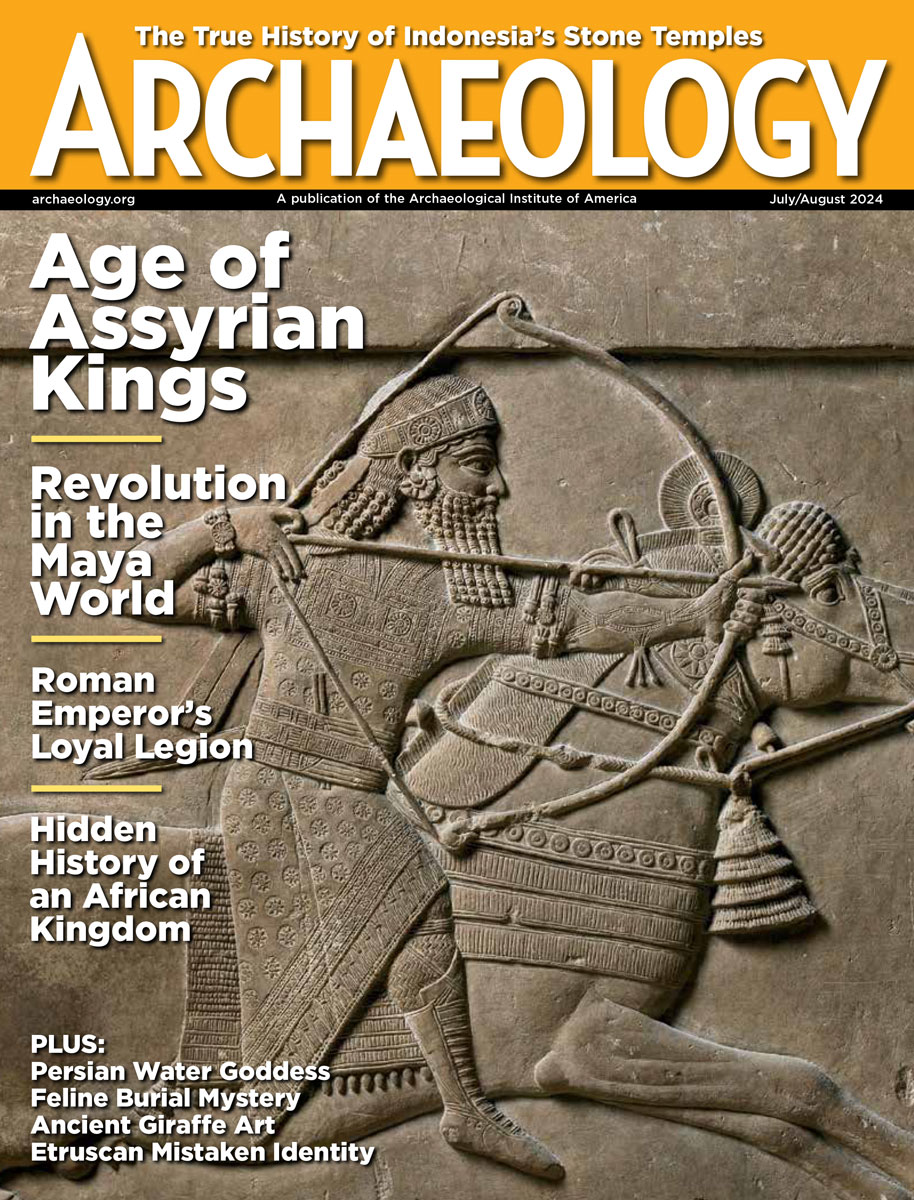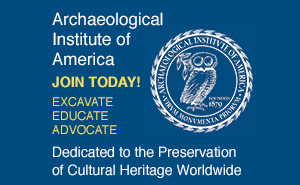

| |
| News Release 2 |
"Who's Buried in the Ice?" September 15, 1999 |
Champagne and Aishihik First Nations
August 24, 1999
Haines Junction, Yukon
The Champagne and Aishihik First Nations and Archaeology Branch of the British Columbia Ministry of Small Business, Tourism, and Culture wish to announce the discovery of ancient human remains within a glacier. The remains were discovered a week ago by hunters travelling on foot. These people reported their discovery to the staff of the Yukon Heritage Branch's Beringia Centre in Whitehorse on Monday, August 16th. The remains were found on a glacier at high altitude within the Traditional Territory of Champagne and Aishihik First Nations, in the extreme northwest of the province of British Columbia.
The human remains are located within the Tatshenshini-Alsek Park, a protected area within the B.C.Parks system and is one of four adjacent parks forming a UNESCO World Heritage Site. This park was established in 1993, and is co-managed by B.C.Parks and Champagne and Aishihik First Nations. At present, there are no offices or facilities within the park, and the local operations centre for the park is here in Haines Junction.
The find consists of the remains of a human individual, and parts of his or her clothing and associated tools and equipment. The design of the clothing and tools indicate that the individual was aboriginal, and died in pre-contact times, before European people came into the area. We cannot at present specify what cultural group this person belonged to, or determine how long ago he or she died. The cause of the death is not known at present, but preliminary evidence indicated that this person died after falling into a glacier crevasse. An ancient foot trail runs through this area and across this glacier. Perhaps the individual, most likely a male, was travelling on this trail, or hunting in the area when the tragedy occurred.
A team of relevant specialists was quickly put together for the recovery of the human remains. This team included archaeologists, a forensic anthropologist, a glaciologist, an artifact conservator, and Champagne and Aishihik First Nations' and B.C.representatives. Prior to the removal of the human remains, quiet words of respect were spoken by representatives of the Champagne and Aishihik First Nations. Dr. Owen Beattie, University of Alberta, was present to give forensic advice and guidance during the removal of the remains.
The collected remains and artifacts have been transferred to Whitehorse, where they are being appropriately stored and monitored by specialists. We have consulted with our Elders Council and members, to obtain their guidance on this find. The Elders have been very helpful in helping us identify the artifacts collected, and, in the past we have worked with them to record place names and the history of this area. The Elders have indicated that we should use this situation, what appears to be an ancient tragedy, to learn more about this person; when he lived, and how his clothes and tools were made, and how he died. This person will have much to tell us, to help us understand our past, and the history of our homeland. We wish to see the human remains treated with dignity and respect and to see the most positive outcome to this long ago event.
Our governments will be working in partnership to ensure the preservation of this important find, and to develop a plan for the study of this person and their tools and clothing. On behalf of all involved, Chief Bob Charlie and B.C.'s Minister Ian Waddell express sincere thanks to the men who reported the find, to staff of the Yukon Heritage Branch's Archaeology Program, who recognized the significance of the discovery, and brought it to our attention, and all those who assisted in the timely removal of the remains.
© 1999 by the Archaeological Institute of America archive.archaeology.org/online/news/iceman/2.html |
Advertisement

Advertisement






